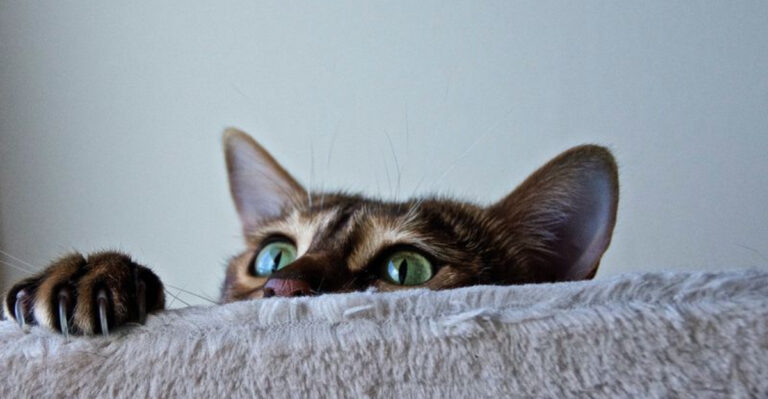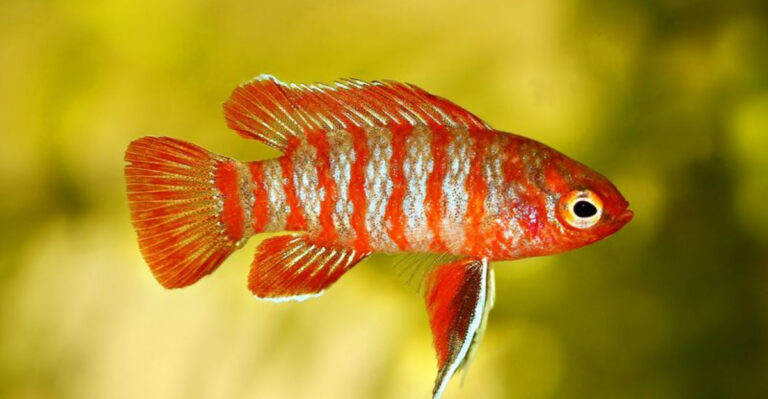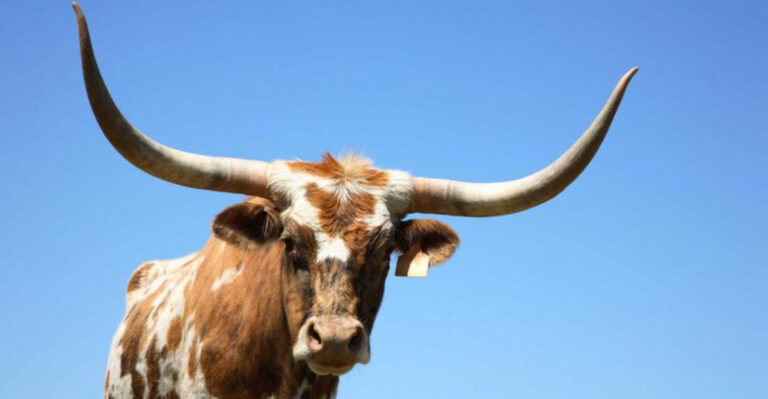Light Up Your Landscape With A Hummingbird-Friendly Shrub (That Deer Won’t Touch)

Looking to transform your garden into a vibrant hummingbird haven without inviting hungry deer? The right shrubs can create a natural feeding station that buzzes with tiny wings while keeping those four-legged browsers at bay.
These specialized plants offer the perfect combination of bright blooms, sweet nectar, and deer-deterring qualities that make your landscape both beautiful and functional.
Why Shrubs Are Better Than Feeders For Long-Term Hummingbird Support
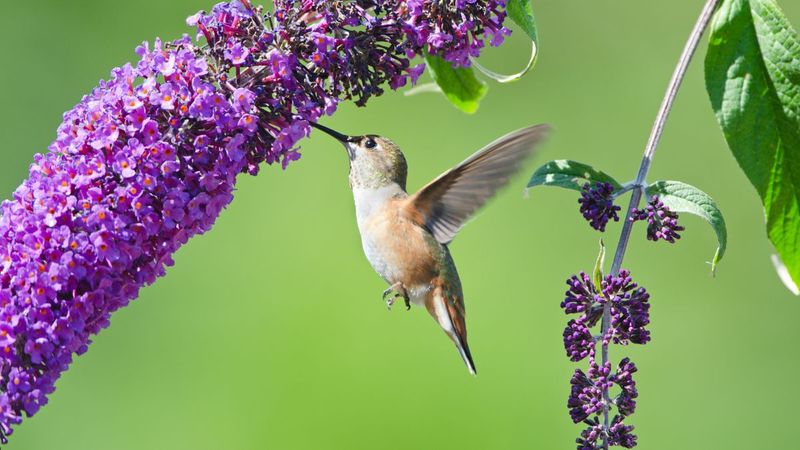
Feeders require constant cleaning and refilling, while flowering shrubs provide nectar naturally with minimal upkeep.
Shrubs also offer shelter, potential nesting sites, and attract insects that hummingbirds feed to their young.
Unlike feeders that can spread disease when neglected, healthy shrubs create a sustainable ecosystem that supports hummingbirds year after year.
The Key Qualities Hummingbirds Look For In A Shrub

Tubular-shaped flowers hold the most nectar and perfectly match a hummingbird’s specialized bill.
Bright reds and oranges act like flashing neon signs to these color-sensitive birds, though they’ll visit any color that promises sweet rewards.
Staggered blooming patterns keep hummingbirds returning throughout the season, making shrubs with long flowering periods especially valuable.
Meet The Shrub That’s A Hummingbird Magnet And Deer Deterrent
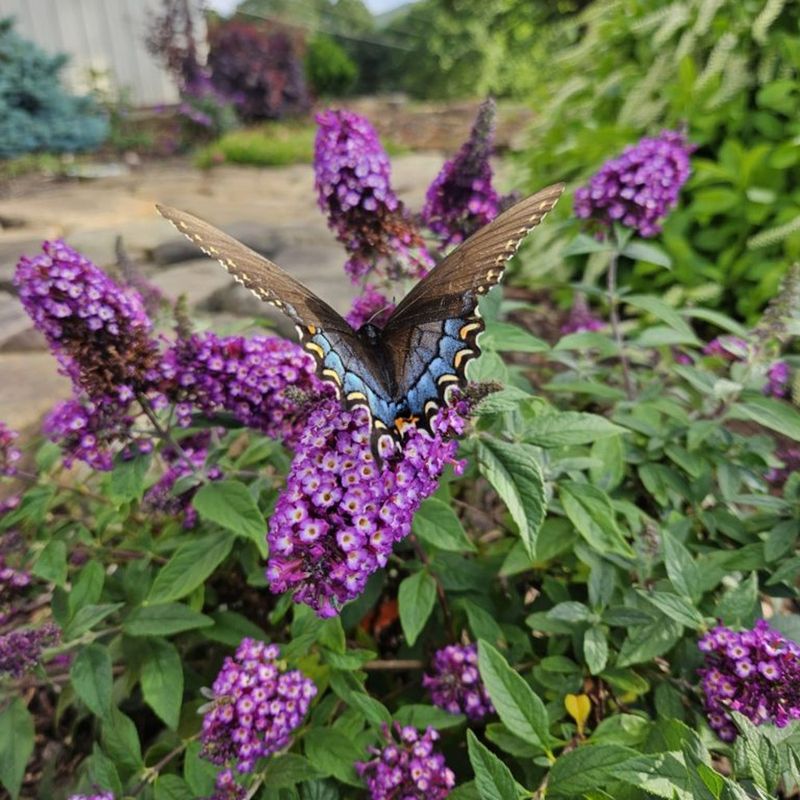
Butterfly bush (Buddleia davidii) tops the list with its cone-shaped clusters of tiny, nectar-rich flowers that bloom from summer through fall.
Its slightly fuzzy leaves and mildly aromatic foliage naturally repel deer while attracting swarms of hummingbirds.
Available in various sizes and colors, this low-maintenance powerhouse creates a stunning focal point in any garden.
Best Deer-Resistant Shrubs That Still Draw In Hummingbirds

California Lilac (Ceanothus) produces masses of blue flowers that hummingbirds can’t resist, while its aromatic leaves keep deer away.
Red-flowering currant offers early spring blooms when hummingbirds need them most.
Salvia varieties, with their spikes of tubular flowers, contain compounds deer hate but provide abundant nectar for tiny winged visitors.
Where To Plant For Maximum Hummingbird Visits
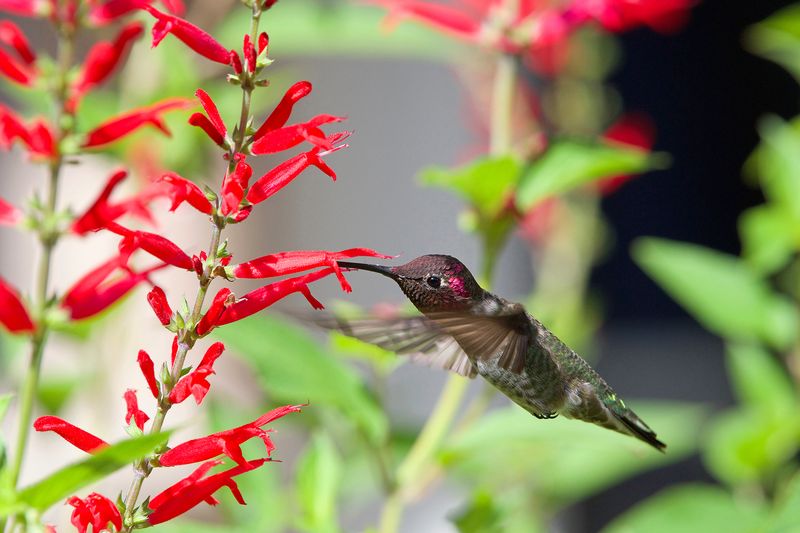
Choose sunny locations visible from windows so you can enjoy the show.
Layer plantings with taller shrubs behind shorter ones, creating a tiered buffet that accommodates multiple feeding birds.
Plant near a water source like a fountain or mister – hummingbirds love bathing in gentle spray and the sound of water attracts them from afar.
How To Keep Your Shrub Blooming Through The Season
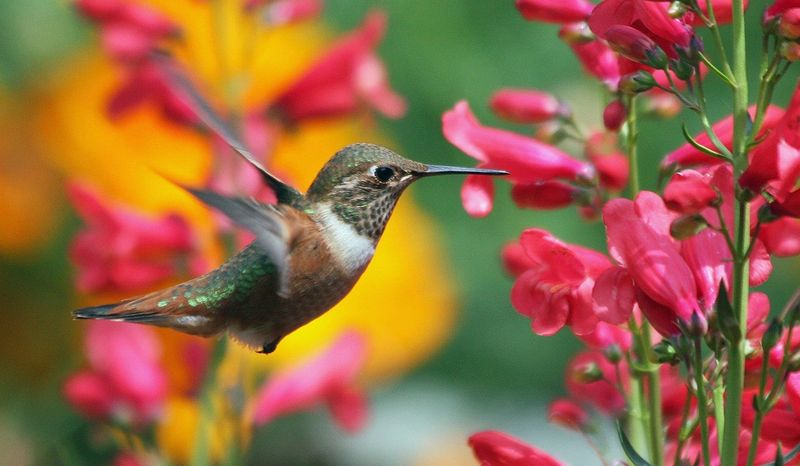
Regular deadheading (removing spent flowers) triggers many shrubs to produce new blooms rather than setting seed.
Apply a balanced, slow-release fertilizer in spring to fuel flower production without excessive leaf growth.
Deep watering during dry spells prevents stress that might cause plants to stop flowering – a soaker hose works perfectly.
The Importance Of Native Plants In Attracting Local Hummingbirds
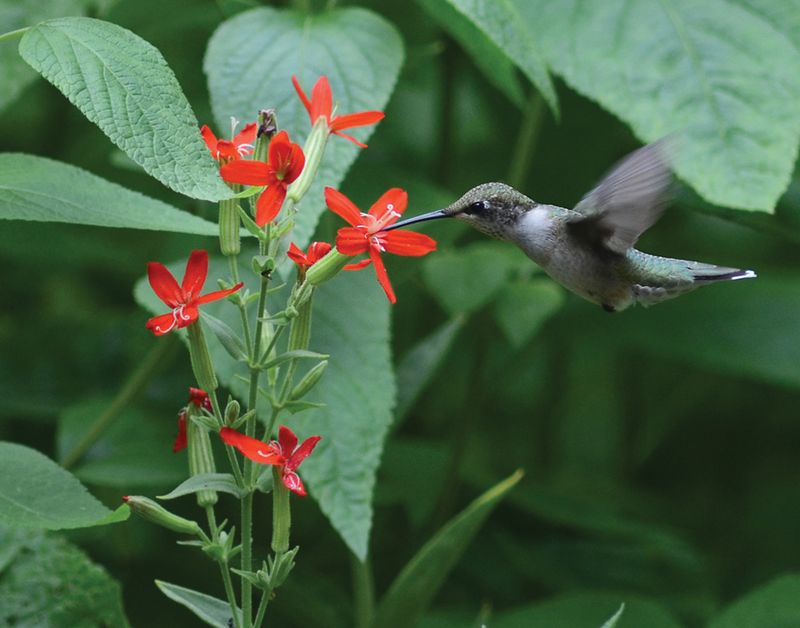
Native shrubs have evolved alongside local hummingbird species, perfectly matching their feeding habits and migration timing.
Regional plants typically require less water and fertilizer while resisting local pests naturally.
Hummingbirds instinctively recognize familiar native plants, making your garden an immediate destination rather than a chance discovery.
Adding Color Without Inviting Deer To Dinner
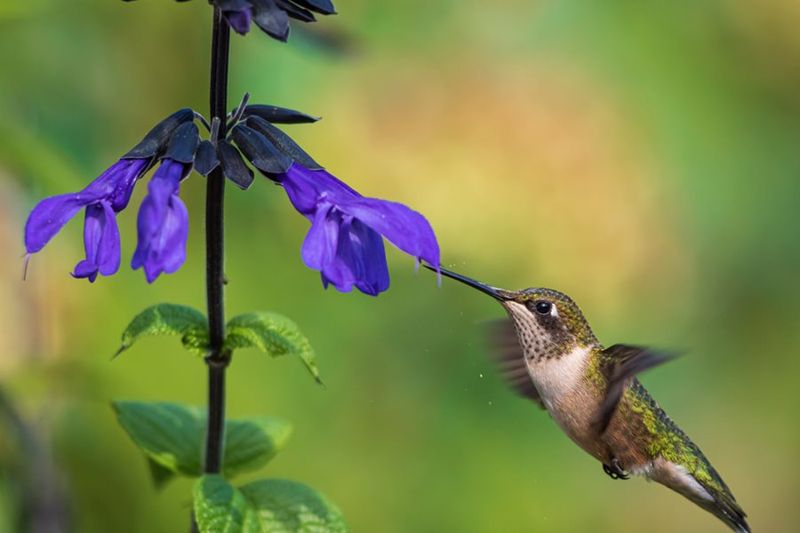
Fuzzy or hairy-leaved plants like lamb’s ear and certain salvias naturally repel deer through texture while providing visual interest.
Strongly aromatic shrubs like rosemary and lavender confuse deer’s sensitive noses while offering nectar to hummingbirds.
Spiny or prickly varieties create natural barriers – barberry and Oregon grape holly produce beautiful flowers deer won’t touch.
Don’t Just Rely On One Shrub: Create A Blooming Buffet
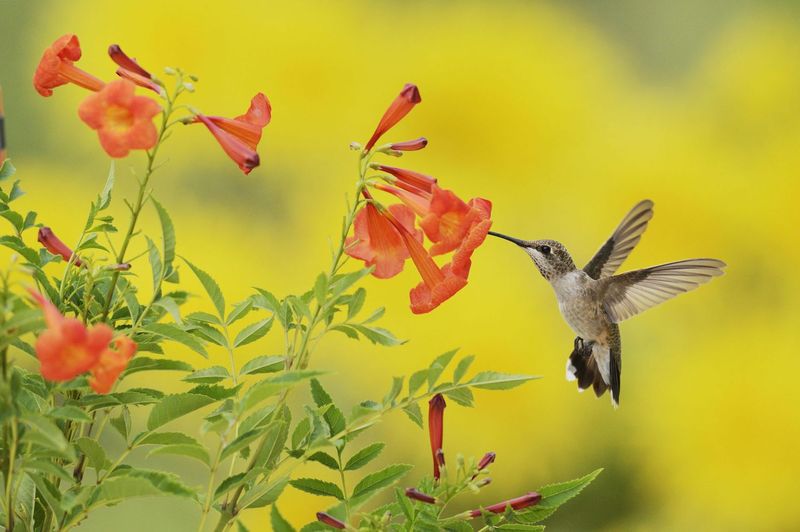
Plant early, mid, and late-season bloomers to provide continuous nectar from spring through fall migration.
Mix deciduous and evergreen varieties for year-round structure and diverse feeding opportunities.
Incorporate different flower shapes and sizes to accommodate various hummingbird species – some prefer hanging blooms while others favor upright clusters.
Avoid These Common Planting Mistakes
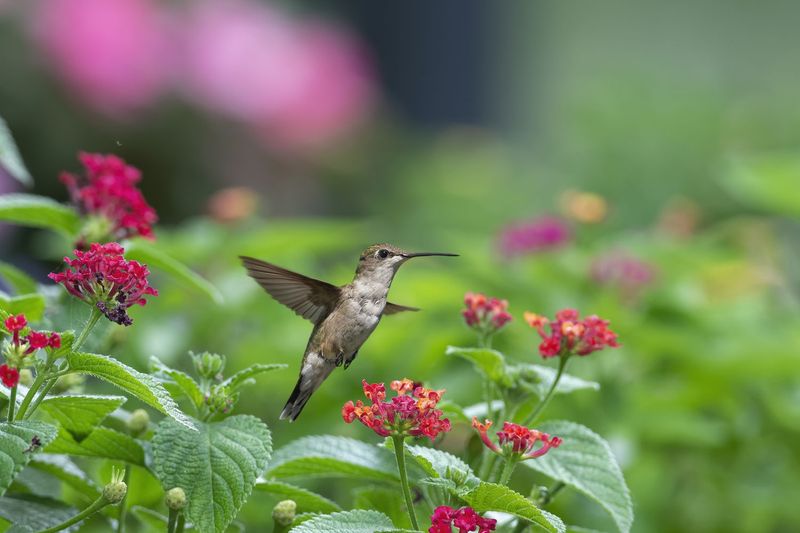
Crowding shrubs prevents good air circulation, leading to fungal diseases that reduce flowering and nectar production.
Over-fertilizing produces lush foliage at the expense of flowers – exactly what you don’t want for hummingbirds!
Forgetting to check your soil pH can doom acid-loving shrubs like azaleas, which many hummingbirds favor for their tubular blooms.
How To Turn Your Garden Into A Hummingbird Hotspot Year After Year

Create windbreaks with larger shrubs to provide sheltered feeding zones – hummingbirds struggle to hover in strong breezes.
Leave some open perching spots near flowering shrubs so birds can rest between feedings.
Avoid pesticides that kill the tiny insects hummingbirds eat alongside nectar, completing their protein needs especially during nesting season.


